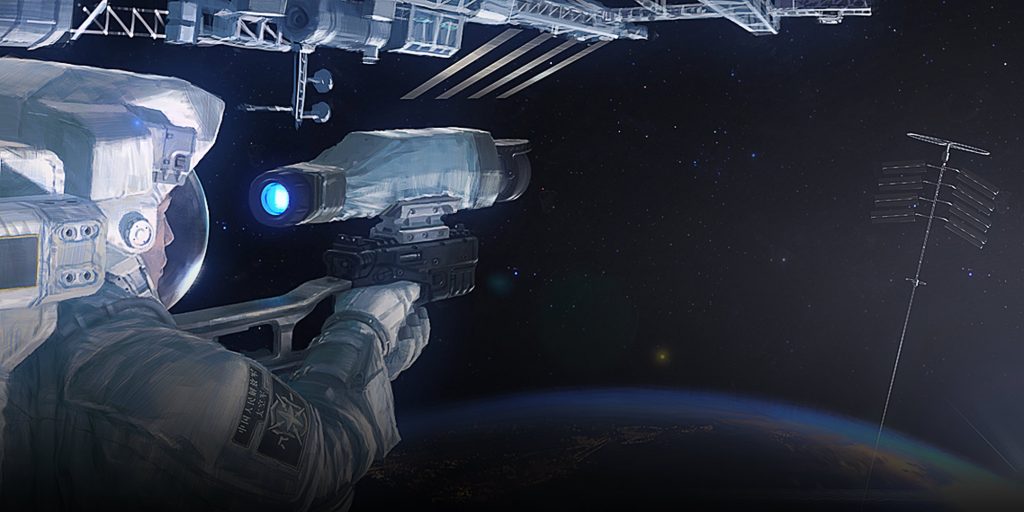Acclaimed Chinese sci-fi magazine Science Fiction World broke literary ground when it launched 40 years ago, but today it faces competition from upstart outlets and new media.

An illustration of a scene from the novel “The Three-Body Problem.” Courtesy of COLTZ/Studio Surgical Scalpels
For 40 years, Science Fiction World has been the center of the Chinese sci-fi universe. By shining a light on works from a wide range of innovative and thoughtful authors — from ice giants like Liu Cixin to fiery comets like Hao Jingfang — the influential magazine has played a crucial role in Chinese sci-fi’s rise to acclaim.
As the author of the best-selling, Hugo Award-winning novel “The Three-Body Problem,” the abovementioned Liu is probably SFW’s best-known alum. When the magazine put out a call for submissions in 1999 for so-called hard sci-fi — a subcategory of the genre that prizes scientific accuracy — the then 36-year-old Liu submitted five short pieces for consideration. His stories hit SFW’s editorial department like a bomb and left readers stunned and hungry for more. Although he’d been an amateur writer for over a decade by that point, it was the vital exposure Liu got from publishing in SFW that launched his career.
The same is true of many other well-known Chinese sci-fi authors, including award-winning and popular figures like Wang Jinkang, He Xi, Zhao Haihong, Chen Qiufan, Jiang Bo, and the abovementioned Hao Jingfang. Ever since SFW released its first issue in 1979, writers looking to break into the industry have dreamed of one day seeing their work published in its pages. But after decades spent introducing strange and unknown worlds to its curious readership, it’s now SFW’s turn to feel stranded in an unfamiliar landscape, given how the recent shift toward novels and the internet have upended China’s sci-fi industry.
In the 1980s and ’90s, mainstream Chinese publishing houses had little appetite for sci-fi. According to my own research, between 1991 and 2010, domestic publishers put out a total of just 151 original science fiction novels, or less than eight per year. It’s hard to imagine, but less than a decade ago, Hao Jingfang struggled to find anyone willing to publish her debut novel, “Stray Skies.” Even Liu Cixin tried and failed for years to publish his early novel, “Supernova Era.” And when it finally did hit bookstores in 2003 — a full four years after his SFW breakout — it was saddled with a crudely designed cover that did nothing to boost sales. Continue to read the full article here.
– This article originally appeared on Sixth Tone.







